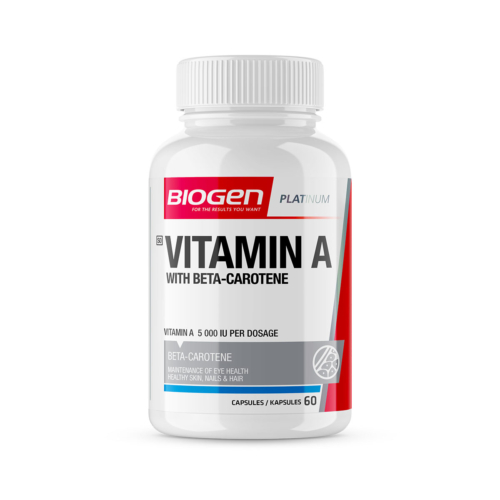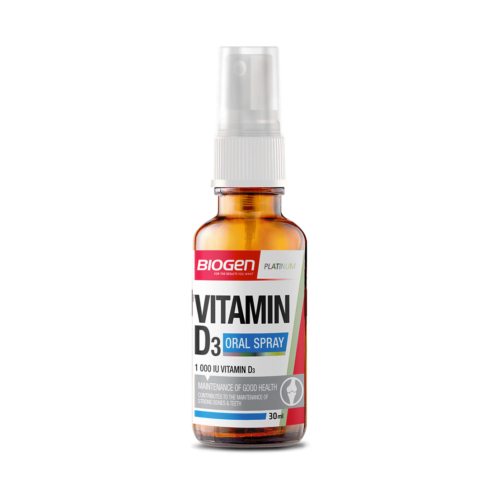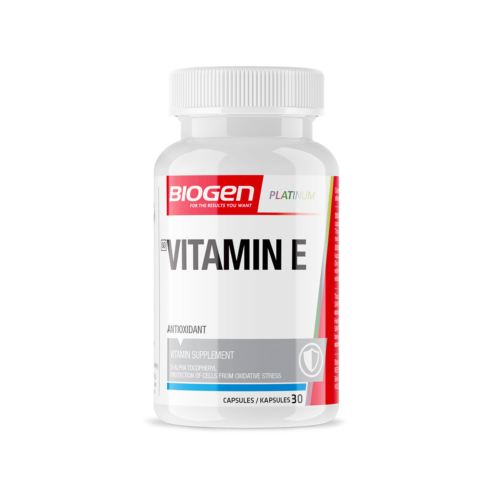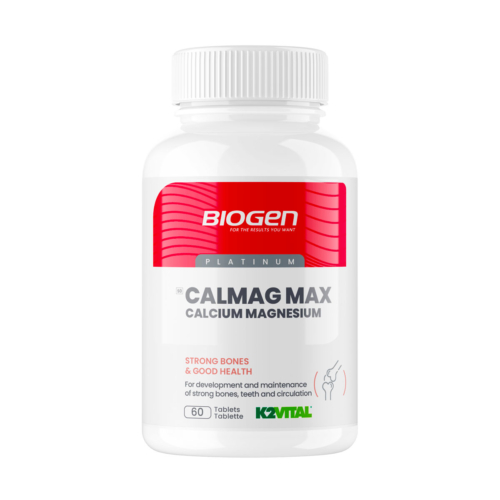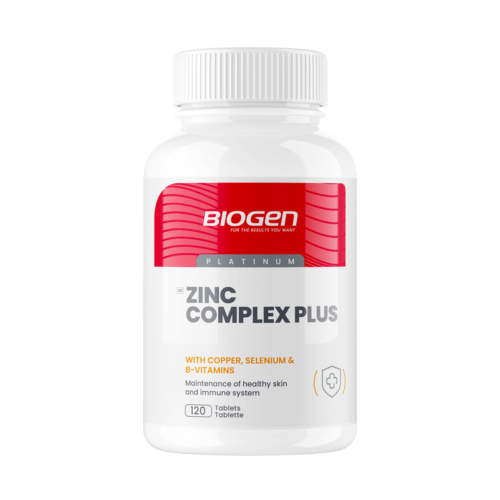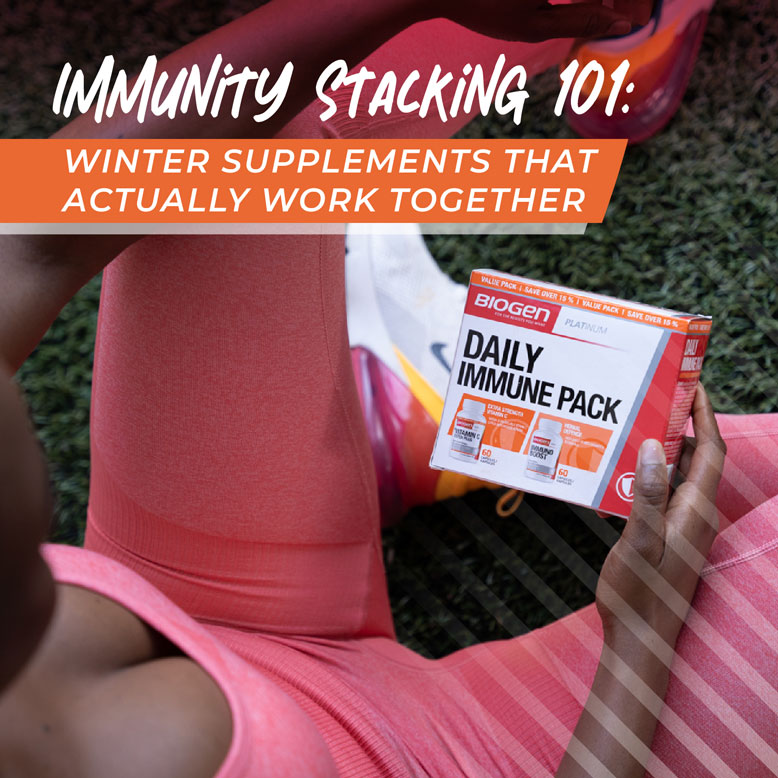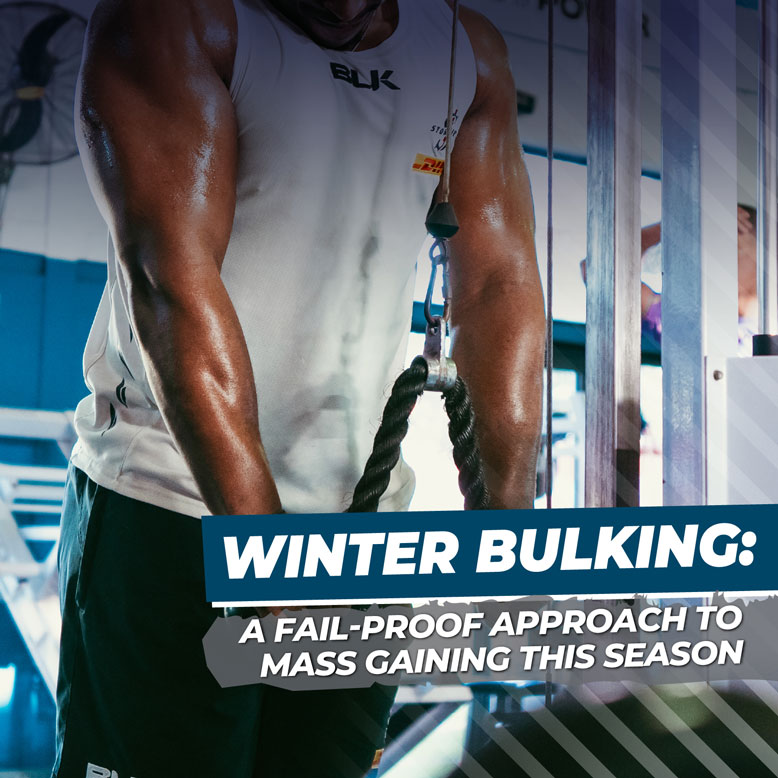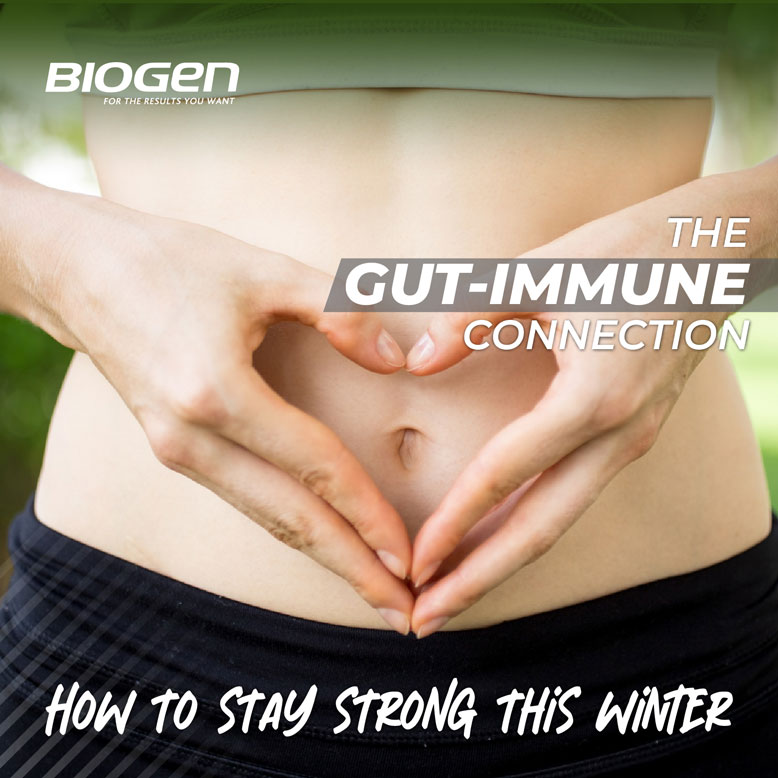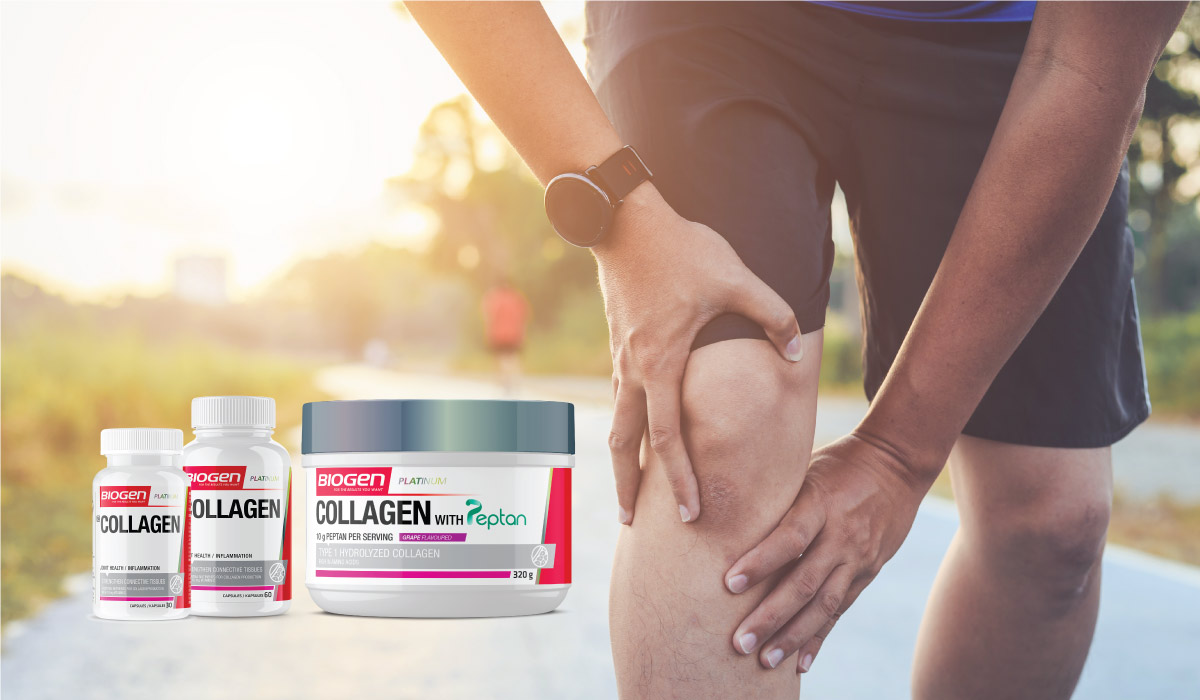
Don’t let tendon issues slow you down
Tendon trouble is a common, often debilitating injury that can impact your ability to train and perform for weeks or even months.
If left untreated, tendon injuries typically worsen over time as the tissue quality degrades when subjected to continued stress and strain without rehab and strengthening. And, despite what many athletes and gym-goers believe and often attempt, you cannot train around these injuries indefinitely.
Factors that cause tendon breakdown
Tendons are strong cord-like bands of connective tissue that attach muscles to bones and can withstand significant force and tension. They are made from collagen, which is a tough, fibrous protein.
But despite their strength, tendons can break down due to overuse, repetitive strain, biomechanical and strength imbalances, poor form or technique, or direct trauma. Other factors that can result in tendon injuries include exercise selection, excessive training load, poor diets, movement speed, a lack of flexibility and mobility, and limb misalignments.
Treating tendinitis
Tendon trouble generally develops over time due to chronic physical stress, especially when your body is not properly conditioned and is out of balance.
As the wear and tear on the fibres accumulates, the resultant inflammation and lack of adequate healing due to poor blood flow and continued use, typically results in tendinitis.
The resultant inflammatory response causes swelling as fluid builds up in the area, transporting immune cells and other chemicals needed to repair the damage. This process makes the area extremely sensitive and results in visible signs and symptoms such as swelling, redness, heat, pain and sensitivity to touch. A tendon injury also tends to tighten the surrounding muscles.
As the repair process progresses, scar tissue starts to form. While this tissue is the same protein fibres as the original tissue, they are generally laid down in multiple directions. These misaligned fibres make the structure weaker, which can make the tendon more susceptible to more severe injuries, such as tears or ruptures.
Acute tears and strains can also occur among athletes who change direction abruptly at high speed, like during a rugby game or soccer match.
A tendinosis diagnosis
Another common form of tendon trouble is tendinosis. This condition stems from tendon tissue degradation caused by cell death, primarily due to a lack of sufficient nutrients due to a lack of blood supply to the area.
As the cells die faster than the body can replace the collagen and amino acids, the tendon degrades to a point that it can no longer hold together under the stress imposed on it. Many tendon injuries typically start as tendinitis and eventually progress to tendinosis.
Treating tendon trouble
The key to recovery is giving the tissue the time it needs to heal. Continuing to train and exercise with a tendon injury causes additional damage, which typically outpaces your body’s ability to repair it, especially as tendons don’t receive a lot of blood.
Typical healing protocols include rest, hot-cold contrasting, regular stretching and mobility work, as well as physical therapy, including physiotherapy, chiropractic adjustments, acupuncture, shockwave therapy, transcutaneous electrical nerve stimulation (TENS), infrared therapy, massage and foam rolling, among others.
Nutritional support
Another important element in your treatment approach should include supplying your tendons with the structural proteins they need to repair and replace old or damaged fibres, namely collagen.
However, it can be difficult to get sufficient collagen from our diet because the main sources are animal bones, tendons and connective tissues, which few people cook with or eat. As such, collagen supplements offer an ideal solution.
Hydrolysed collagen supplements like Biogen Collagen capsules (400 mg hydrolysed collagen per serving) and Biogen Collagen with Peptan Powder, which has 10g Peptan® per serving – a type-1 hydrolysed collagen – offer ideal products to meet your needs as they amino acid peptides are easily transported in the blood and absorbed to produce new, healthy tendons (and bone and skin tissue).
Did you know? Peptan® is a high purity natural bioactive product containing more than 97% protein (on a dry weight basis), supplied in a form that can be easily used and digested by the human body, as shown by scientific analysis.
In addition, Peptan® also contains the amino acids proline and glycine in concentrations that are 10-20 times higher than in other proteins. This composition delivers unique nutri-functional properties as these amino acids are natural anti-inflammatories and powerful immune system boosters.
And with an adequate supply from supplements, hydrolyzed collagen accumulates in cartilage, where it stimulates natural production by cartilage cells called chondrocytes. This is beneficial because natural collagen production declines with age.
Rehabilitate damaged tendons
Once the injury has healed and you no longer experience any pain, you should consult with a biokineticist or sports conditioning specialist to address any underlying strength and/or mobility imbalances that likely caused the injury in the first place.
These programmes will typically include eccentric loading to help realign the tendon fibres and strengthen them, coupled with general functional movements under load and specific exercises to enhance movement efficiency, iron out imbalances, strengthen muscles and supporting structures, and improve form in your chosen sport or activity.
These steps will help to reduce your risk of re-injury, while also helping to boost performance once you resume training and racing.
A comprehensive tendon support supplement stack
You can add additional supplements to your regimen to boost natural collagen production, such as vitamin C and silica.
Additional nutrients needed to support tendon repair and recovery include:


